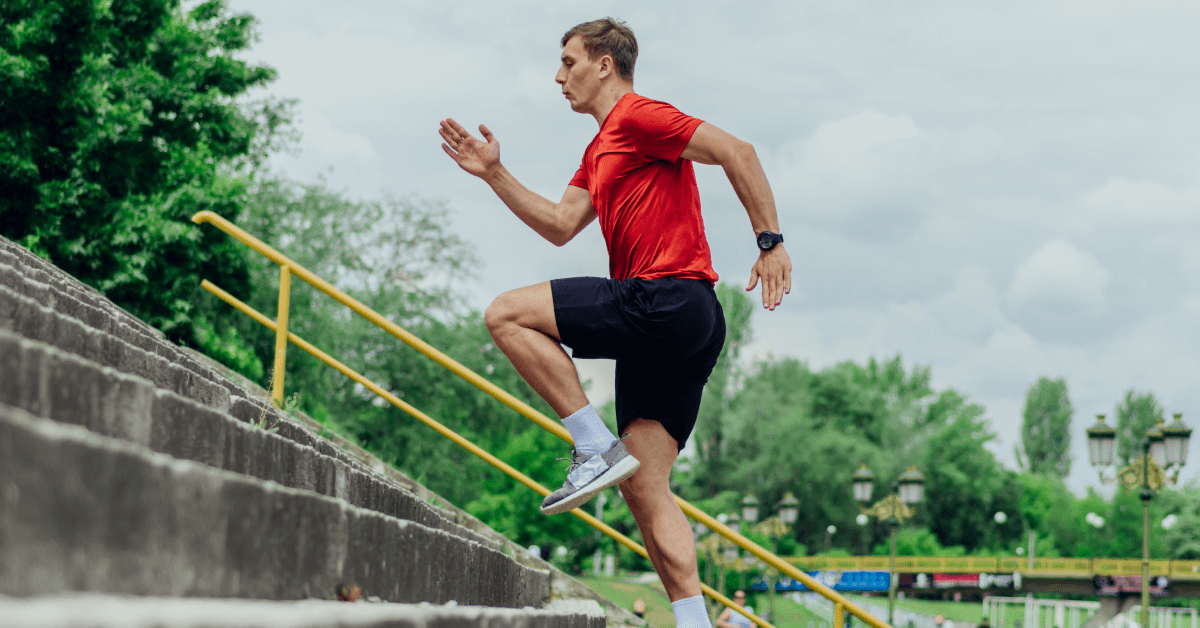In a previous article, we talked about why athletes need to incorporate the plyometric method in their training programs. In this article, we’ll go into more detail about the benefits of plyometric training in sports; and, more specifically, endurance sports.
What is Plyometric training?
Plyometric training is a set of exercises consisting of eccentric muscle contractions. Fast movements — achieved by the stretch-shortening cycle — are very typical of this type of exercise. That’s why plyometrics are often used as a strength workouts, too; depending on the form and speed required to execute a given workout.
It’s also worth mentioning that athletes who perform plyometric training usually have extensive training experience. Put differently, athletes have to reach the necessary level of technical and musculoskeletal skills, before performing such a demanding workout. That’s very important for coaches to keep in mind, in order to prevent errors or injuries in novice athletes.
What are the benefits of plyometric training?
1. Increases the nervous function of the brain
Commonly, two distinctive types of exercise that plyometric training includes are:
- jumping workouts, that use several joints of the body, at the same time; and/or
- coordination exercises, which the athletes have to perform with great precision.
Now, you may ask, ‘how exactly do plyometrics help increase the nerve function of the brain’? Well, it’s simple, really; plyometric workouts require some serious thinking, before the athlete starts executing them. They’re difficult exercises, so one can’t just ‘jump’, for example, without thinking how to do it safely; that is, without putting extra strain on the knees, or the ankles, etc. That’s how, with time, athletes’ nerve function increases.
2. Improves fitness parameters
It’s a fact; plyometric training is designed in such a way, that fitness parameters — such as power, agility, strength, coordination, etc. — are improved, when plyos are systematically included in the athletes’ training plan. Thus, athletes engaging in various sports can, eventually, improve their performance, when they include the plyometric method in their training. Nonetheless, this type of training should be exclusively created and monitored by you, their coach; because, as mentioned, there’s a possibility of injury, if these workouts are misapplied.
3. Prevents injuries
We have, indeed, mentioned that plyometrics require a somewhat high level of training technique, and experience; however, this does not negate the fact that plyos build a very strong musculoskeletal system. By extension, this means that they significantly reduce the possibility of injuries. As long as, of course, you effectively incorporate them into your athletes’ training program; and, your athletes are mindful during their execution.
Plyometrics for maximum performance
To wrap up, plyometrics is a type of training that has multiple benefits for a wide range of athletes. Yet, more often than not, plyos are for athletes who have training experience and can follow them through successfully. Now, you, a specialized coach, need to incorporate plyometric training strategically into your athletes’ program; and, closely monitor them, not only to eliminate the chances of an injury but, also, to maximize your athletes’ performance.
